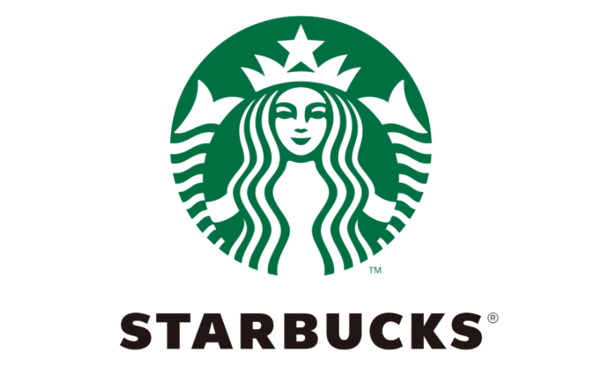Starbucks Engages in Legal Battles to Protect Trademark Rights
The Significance of Trademark Lawsuits and Corporate Sustainability Starbucks Legal Efforts to Enhance Brand Value

Since opening its first store at Ewha Womans University in 1999 Starbucks has rapidly expanded now operating over 1500 stores nationwide. With this growth the brands recognition has increased leading to the emergence of various similar trademarks. In response Starbucks has taken aggressive legal actions to protect its trademark. This article examines the background and significance of Starbucks trademark lawsuits.
Starbucks has emphasized the importance of its trademark value and consumer perception continuously pursuing legal action to prevent confusion caused by similar trademarks. One notable case involves a lawsuit to invalidate the registration of Japans Morinaga “Mt. RAINIER” trademark. Starbucks claimed that the similarity between the two trademarks could confuse consumers. However the court ruled against Starbucks stating that the trademarks differ in appearance pronunciation and concept thus dismissing their claim.
Starbucks’ logo consists of a siren wearing a crown encased in a circular design with the word STARBUCKS. In contrast while Morinaga’s trademark shares some design elements the imagery and name convey significantly different perceptions to consumers. The court determined that the likelihood of consumers confusing the two trademarks was low due to these distinctions.
The assessment of trademark similarity is based on consumer perception. Under Korean trademark law how consumers recognize the trademarks plays a crucial role. The law evaluates whether consumers are likely to be confused about the origin of the products when they see the trademarks. Starbucks has meticulously analyzed consumer perceptions as part of its brand protection strategy.
Although Starbucks has lost several cases related to trademark invalidation these legal battles are not merely about protecting the trademark but also about maintaining brand credibility and preventing consumer confusion. As the brand grows imitations can negatively impact its reputation.
By aggressively defending its trademarks Starbucks preserves its brand image while reinforcing its unique identity through marketing efforts. The company also recognizes that even if it loses some legal disputes the process contributes to enhancing its brand value.
Starbucks robust trademark protection efforts go beyond legal procedures. They reflect a commitment to bolstering brand value and building consumer trust. This approach sets a strong example for other companies highlighting the importance of safeguarding trademarks.
In conclusion Starbucks trademark lawsuits are not simple legal conflicts. They are essential steps in maintaining brand reliability and preventing consumer confusion. Starbucks will continue to pursue legal measures to protect its brand further solidifying its position as a trusted global brand. Ultimately trademark protection is closely linked to a companys sustainable growth and serves as a critical element in delivering value to consumers.
Website: : http://www.wip-news.com/news/articleView.html?idxno=25000
